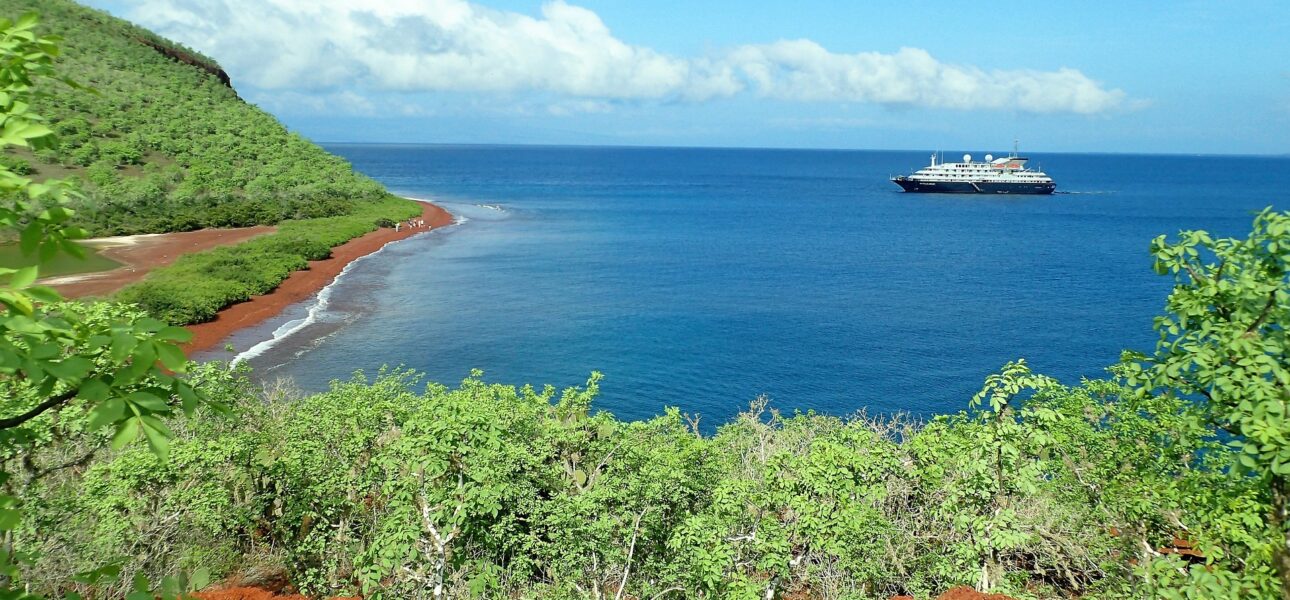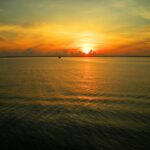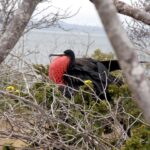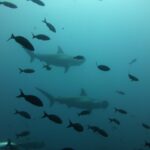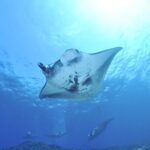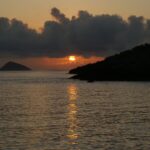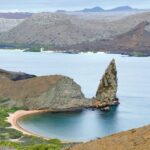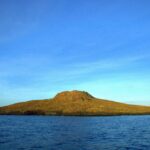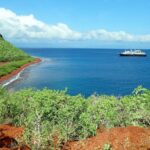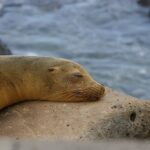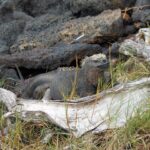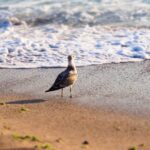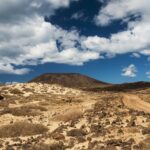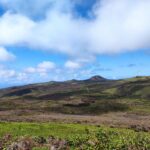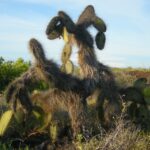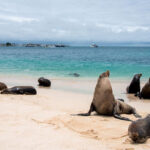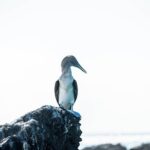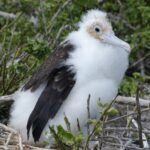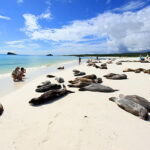Rabida Island: A Galapagos Gem of Crimson Sands and Rich Biodiversity
Tucked away in the central part of the Galapagos archipelago, Rabida Island beckons with its distinctive reddish-brown shores, unique landscapes, and diverse wildlife. In this chapter of our Galapagos Islands series, let’s explore the enchanting allure of Rabida, where striking scenery and a rich tapestry of flora and fauna come together to create a captivating destination for nature enthusiasts.
Geography and Landscape
Rabida Island, also known as Jervis Island, is a small yet vibrant gem in the Galapagos. The island’s remarkable red coloration is attributed to its high iron content, creating a surreal contrast against the azure waters that surround it. With its rugged terrain, sandy coves, and volcanic slopes, Rabida showcases the archipelago’s geological diversity.
Flora
Endemic Palo Santo Trees
Rabida is home to endemic Palo Santo trees, their aromatic wood adding a distinctive fragrance to the island. The trees stand in stark contrast to the red sands, creating a visually captivating landscape.
Opuntia Cacti and Other Vegetation
The arid zones of Rabida feature Opuntia cacti, providing both food and habitat for the island’s wildlife. Other vegetation, adapted to the island’s specific conditions, adds to the ecological richness of Rabida.
Wildlife
Sea Lions and Brown Pelicans
Rabida’s beaches are often frequented by sea lions, offering visitors the chance to observe these playful marine mammals in their natural habitat. Brown pelicans, with their distinctive appearance, are also commonly seen along the shores.
Galapagos Hawks
Rabida is home to a population of Galapagos hawks. These majestic birds of prey soar above the island, showcasing the intricate interplay between predator and prey in the Galapagos ecosystem.
Darwin’s Finches and Mockingbirds
Rabida is a haven for birdwatchers, featuring various species of Darwin’s finches and mockingbirds. Observing these endemic birds provides insights into the islands’ unique evolutionary history.
Activities
Snorkeling in Rabida’s Waters
Rabida offers excellent snorkeling opportunities in its clear waters. Dive beneath the surface to encounter colorful fish, sea turtles, and perhaps even rays in the vibrant underwater landscapes.
Palo Santo Forest Walks
Explore the island’s interior on guided walks, wandering through the Palo Santo forest and observing the unique flora that thrives in this arid environment. The contrast between the red earth and green vegetation creates a captivating scene.
Photography and Relaxation
Rabida’s distinctive landscapes provide a photogenic backdrop for nature photographers. Additionally, the tranquility of the island allows visitors to relax on its unique crimson beaches, soaking in the beauty of the Galapagos.
Historical Significance
While Rabida Island may not boast explicit historical landmarks, its role as a sanctuary for unique wildlife contributes to the broader historical narrative of the Galapagos Islands. The island’s conservation and preservation efforts showcase the ongoing commitment to safeguarding the archipelago’s natural heritage.
Conclusion
Rabida Island, with its crimson sands and diverse ecosystems, offers a unique and memorable experience within the Galapagos archipelago. Whether you’re captivated by the contrast of red earth and blue waters, snorkeling in vibrant marine habitats, or observing the endemic wildlife, Rabida invites you to immerse yourself in the wonders of nature. Let the island’s distinctive charm be a highlight of your Galapagos journey, where the hues of Rabida’s landscapes paint a vivid portrait of the archipelago’s ecological richness.
Explore the Galapagos Islands
Find out all about the different Galapagos islands and what makes them so special!

